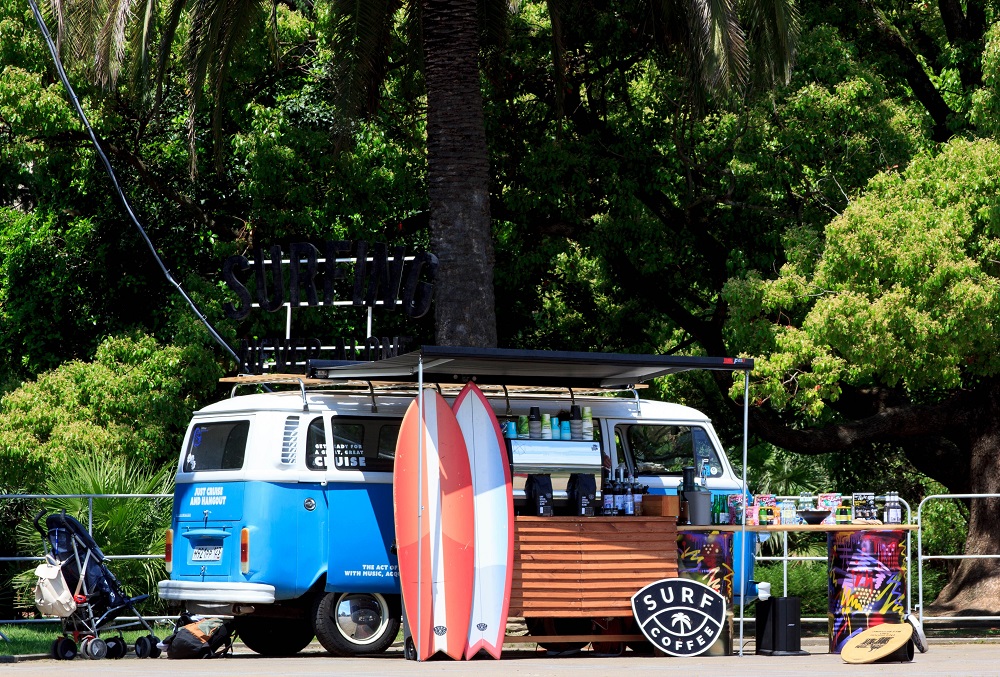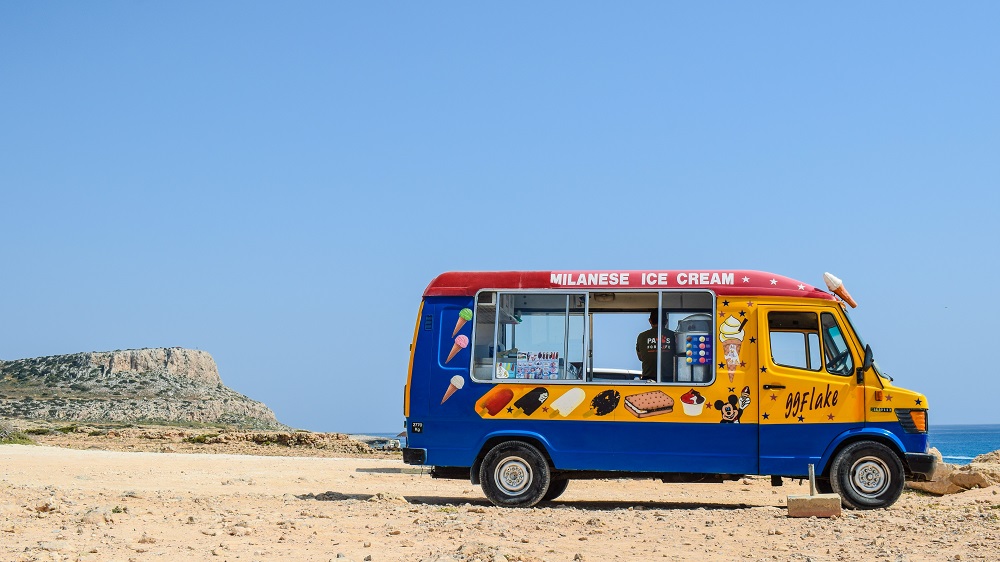
Vans have a rich history that spans several decades, evolving from humble beginnings to become versatile vehicles that cater to a wide range of purposes. Initially recognized for their functionality and utility, vans have transformed over time to encompass various roles, from campers and family vehicles to essential workhorses in commercial industries. In this article, we’ll take a journey through the history and evolution of vans, tracing their development from simple campers to the multi-purpose vehicles we know today.
Early Beginnings: The Birth of the Van
The concept of a van as we know it today can be traced back to the early 20th century. While commercial vehicles existed before, the term “van” began to gain popularity around the 1930s. These early vans were often based on truck chassis and featured enclosed bodies designed for transporting goods and equipment. They provided a weather-resistant alternative to open trucks, making them suitable for a wider range of cargo.
The Rise of the Camper Van
During the mid-20th century, a significant shift occurred in the perception of vans. The post-World War II era brought about an increase in leisure activities and travel. This, coupled with the desire for mobile accommodations, led to the rise of the camper van. Individuals and families began converting panel vans into makeshift living spaces, complete with sleeping areas, kitchenettes, and storage compartments.
One of the most iconic examples of this era is the Volkswagen Type 2, commonly known as the “VW Bus” or “Microbus.” Introduced in the 1950s, the VW Bus became a symbol of counterculture, representing freedom and adventure. Its unique design and customizable interior made it a favorite among those seeking a nomadic lifestyle.
Commercial Evolution: Utility and Versatility
While camper vans gained popularity in the recreational sector, commercial vans continued to evolve to meet the demands of various industries. Manufacturers started producing purpose-built vans with increased cargo capacity and improved ergonomics for drivers. The introduction of sliding side doors and rear cargo doors enhanced accessibility, making loading and unloading easier.
Throughout the 20th century, vans were embraced by businesses for their ability to transport goods efficiently. From local delivery services to large-scale logistics companies, vans became essential tools for transporting products across urban and suburban landscapes.
Transition to Multi-Purpose Vehicles
The late 20th century saw a transition in the perception of vans as solely commercial vehicles. As manufacturers continued to refine designs and improve features, vans began to cater to a broader audience. Innovations in interior design and comfort turned vans into viable alternatives to traditional family cars. The introduction of rear seats, improved ventilation, and entertainment systems made vans more appealing for personal use.
During this period, the term “minivan” emerged to describe a new class of vehicles that blended the utility of vans with the comfort of passenger cars. These minivans offered spacious interiors, ample seating, and sliding doors, making them popular choices for families and individuals seeking a balance between practicality and comfort.
21st Century Adaptations: Urban Mobility and Sustainability
As we entered the 21st century, vans continued to adapt to changing needs and preferences. The rise of urbanization and environmental concerns prompted manufacturers to explore more sustainable and compact van options. Electric and hybrid vans began to emerge, offering reduced emissions and lower operating costs for businesses operating in city centers.
Additionally, vans evolved to address the needs of urban mobility. Compact vans designed for navigating narrow streets and congested traffic became popular choices for delivery services and last-mile logistics. These vans prioritized efficiency and maneuverability, making them ideal for urban environments where space is at a premium.
The Versatility of Modern Vans
Today’s vans exemplify versatility and adaptability. They serve a wide range of purposes, from commercial transportation and delivery services to family road trips and recreational adventures. Manufacturers offer a variety of configurations, allowing buyers to choose between cargo vans, passenger vans, minivans, and camper vans, among others.
In the commercial sector, vans are equipped with advanced technology, telematics systems, and safety features to enhance efficiency and driver comfort. Electric and hybrid options are gaining traction, reflecting a broader commitment to sustainability and reduced carbon emissions.
Conclusion: A Journey of Transformation
The history and evolution of vans reflect the changing needs and aspirations of society. What began as simple enclosed vehicles for transporting goods has evolved into a diverse category of vehicles that serve both practical and leisurely purposes. From the iconic VW Bus of the 1960s to the technologically advanced and eco-friendly vans of today, the van industry has adapted to the demands of each era.
As we look to the future, the trajectory of van development continues to be influenced by technological advancements, urbanization, sustainability goals, and shifting consumer preferences. The story of vans is one of continuous transformation, reflecting the ever-changing landscape of transportation and human innovation. Whether used for business or pleasure, vans have proven their resilience and adaptability, solidifying their place in the history of automotive evolution.
Generated by ChatGPT


